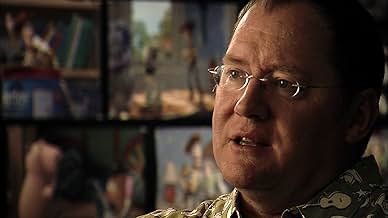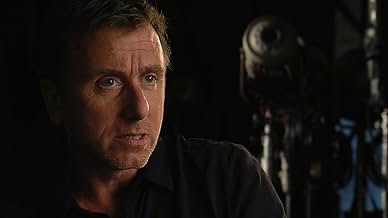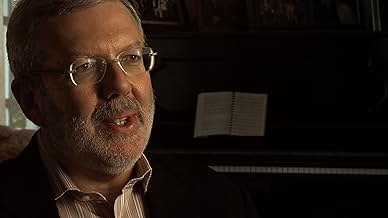Tells the history and importance of The National Film Registry, a roll call of American cinema treasures that reflects the diversity of film, and indeed the American experience itself.Tells the history and importance of The National Film Registry, a roll call of American cinema treasures that reflects the diversity of film, and indeed the American experience itself.Tells the history and importance of The National Film Registry, a roll call of American cinema treasures that reflects the diversity of film, and indeed the American experience itself.
- Directors
- Writers
- Stars
- Awards
- 3 wins & 1 nomination total
- Self
- (archive footage)
- Directors
- Writers
- All cast & crew
- Production, box office & more at IMDbPro
Featured reviews
For a basic plot summary, "These Shadows" describes how certain films (voted on by a panel of motion picture luminaries) are currently being preserved in the Library of Congress (or our "national library") for future posterity. However, problems often exist in restoring the original negatives of even such classic pictures as "Gone With The Wind" or "The Wizard of Oz".
"These Shadows" takes very much of a "big picture" look at film preservation. While it could have spent hours on the fascinating topic of the physical restoration process itself, the filmmakers instead give an overview of the entire Library of Congress process, from its beginning (aka finding the funding) to which movies are selected and finally to how the overall scheme of things will proceed into the future. Any one of these areas could have been focused on in their own documentaries, but here they are condensed into the overall narrative of the project.
Overall, then, this is a fun little documentary that introduces us to the very concept of preserving motion pictures as we would other works of art or historic culture. Anyone who enjoys the film arts will likely agree that its place in our own national culture is very deserving.
I was not aware of the history of the registry or how films were chosen to appear on it. Obviously, it makes sense that "Citizen Kane" and "Casablanca" were on there, but I found it much more interesting how the obscure and offbeat get on there. And films from the 1990s, which had relatively little time to become historic...
After seeing this, I have a new-found respect for the list and will have to make a point in tracking down the titles on it. While I have made a point of looking for old Oscar winners, this might be more representative of real American cinema history.
The beginning of the film talks about the fragile nature of nitrate film stock (the standard for movies until the mid-1950s). You see how the film tends to stick together or turn to powder--though this is a bit rushed, as they never really talked about how combustible these old films are as well. And then you get to hear some film preservationists from the Library of Congress talk about their love of their work. I LOVED this part of the film and really wished they had just focused on this or perhaps done so a bit longer.
The next portion of the film is the biggest problem. A sampling of SOME of the films on the National Film Registry is given and folks say a few blurbs about them and what stands out about these films. Well, considering how important and great these films are, they certainly deserved MUCH more about why they were chosen and why they are so unique. It felt like someone trying to encapsulate the entire Bible or American History in 90 minutes or less! Overall, this is a nice introduction into film preservation and the National Registry, but better films on similar subjects have been made--ones that are more thorough and less episodic--such as "Henri Langlois: The Phantom of the Cinémathèque". Well worth seeing nevertheless.
Did you know
- TriviaAt the Library of Congress, the vaults that hold the highly flammable nitrocellulose footage are maintained at 39 degrees F, and 30% relative humidity.
- Quotes
[first lines]
John Ptak: There is nothing like going to a theater, a communal atmosphere, watching something that is bigger than life.
Robin Blaetz: It's dark, you don't look at anybody...
John Ptak: And then the movie started, and it was really, really magical.
- ConnectionsFeatures Blacksmith Scene (1893)
Details
Box office
- Budget
- $250,000 (estimated)




























